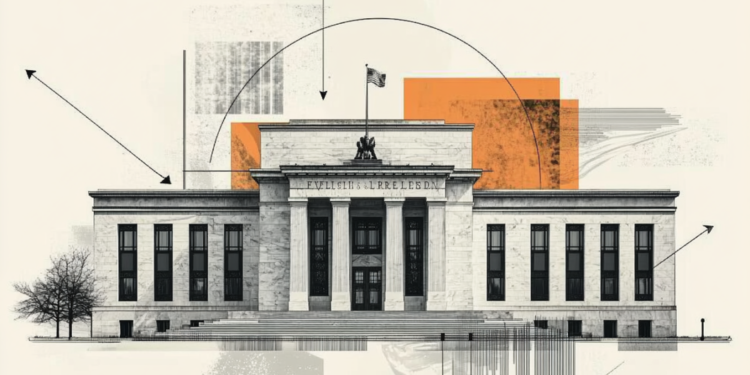During medieval and Renaissance Europe, a curious custom became popular among women: shaving part of the hair to get a longer forehead.
The feature was seen as a sign of intelligence and various paintings of the time address women in this way. Moreover, for female were considered dirty and even dangerous for men, which contributed to women to scrape part of their hair and even shave their eyebrows.
Professor and historian of fashion and art, Laura Ferrazza, explains to CNN That the period between the late Middle Ages and the beginning of the Renaissance, between 1401 EE 1600, was crucial for the emergence of fashion as we know today.
“There is a growth of cities, a growth of the bourgeoisie. We have the idea that in cities people circulate and see each other, they are no longer isolated in a castle. So, there are more public spaces, more visibility. This has changed the way people viewed the way to dress,” explains Ferrazza.

The teacher also states that at the beginning of the Renaissance there was a change in women’s status. She explains that during the greatest domain of the Catholic Church, women were often seen in a negative way, associated with sin.
This has changed with the emergence of universities in the Renaissance era, where some women stood out as scholars, composers and philosophers. “The broad forehead also gives the idea that a woman has a thinking mind,” says Ferrazza.
High forehead in the British monarchy
One of the women portrayed with the high forehead is Queen Elizabeth I of the UK Tudor dynasty.
During the reign, between 1558 and 1603, the monarch defined fashion in the country. Many women and even court men strive to imitate her style wearing clothes with exaggerated silhouettes, pale skin and red hair.
“In the case of Elizabeth I, in the sixteenth century, the high forehead gave a sense of grandeur and was seen as a sign of intelligence, important to a woman in a position of typically masculine power,” says the historian.
Elizabeth I’s most famous paintings show the queen with light skin and long forehead. When he was 29, he contracted smallpox and almost died. Because of the disease, the queen lost all her hair and had to wear wigs for the rest of her life, which contributed to the look with the most prominent forehead.
The custom of wearing wigs was also popular, as at the time hair loss was common by diseases such as smallpox and syphilis. When choosing the color, many people adopted the redheads to have the monarch’s hair tone.

Thinking about the portraits of the time, the high forehead was accompanied by a highlighted womb, to remember that the role of the woman was to generate children. Laura Ferrazza says the idea is to show that “even if she thinks, the role is the generation.”
Note suggests that despite social changes that allowed some women to occupy a larger intellectual space (symbolized by the broad forehead), society still reinforced its primordial role in procreation.

As with all trends, the high forehead eventually fell into disuse. By the end of the sixteenth century, at the end of Elizabeth I’s reign, it was already possible to see a change in artistic representations and ideal beauty.
The long forehead of the Renaissance gave way to the return of the most natural hair lines during the baroque period.
This content was originally published in scraping head to have a big forehead was once a fashion and symbol of power; Understand on CNN Brazil.
Source: CNN Brasil
Bruce Belcher is a seasoned author with over 5 years of experience in world news. He writes for online news websites and provides in-depth analysis on the world stock market. Bruce is known for his insightful perspectives and commitment to keeping the public informed.







